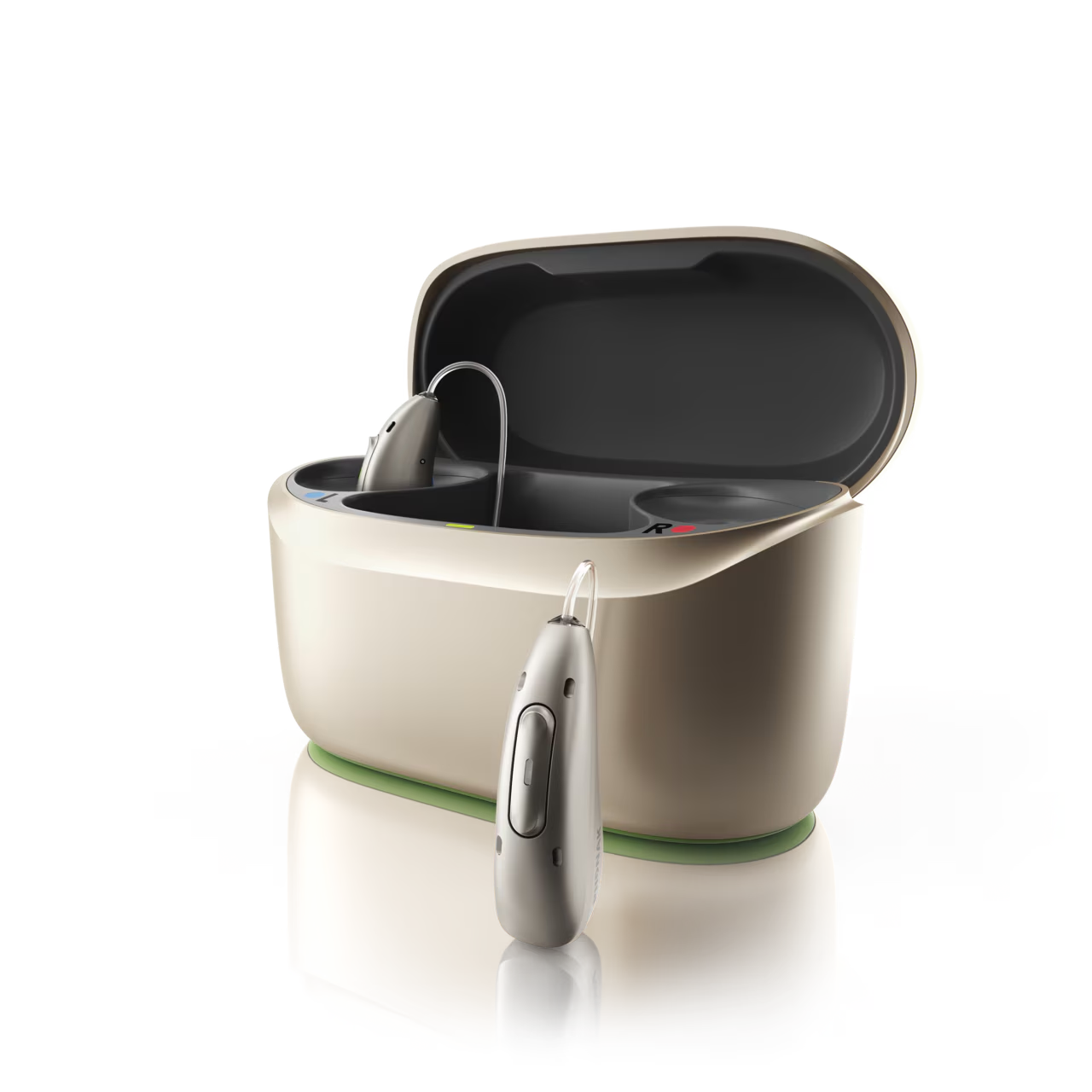
At GoToHearing, we empower individuals to take control of their hearing health. Before making any recommendation, we ask ourselves: “Will this improve our customer's clarity, comfort, and confidence?”


Loading reviews...
Frequenty Asked Questions
A hearing aid is a sophisticated medical device designed to amplify sound for individuals with hearing loss. It typically consists of three core components:
• Microphone – captures environmental sound.
• Digital signal processor/amplifier – converts sound into digital signals, adjusts them based on the user's hearing loss profile, and amplifies accordingly.
• Receiver (speaker) – delivers the processed sound into the ear canal.
Modern hearing aids also include features such as noise reduction, directional microphones, feedback suppression, and wireless connectivity, providing a personalized auditory experience.
Hearing aids are appropriate for individuals diagnosed with sensorineural, conductive, or mixed hearing loss ranging from mild to profound. Suitability is determined based on comprehensive audiological evaluation, considering factors such as:
• Degree and configuration of hearing loss
• Communication needs and lifestyle
• Dexterity and cognitive status
• Ear anatomy
An audiologist can guide the selection process based on clinical data and patient preferences.
Hearing aids are available in several styles, each offering distinct advantages:
• Behind-the-Ear (BTE): Suitable for all degrees of hearing loss; durable and accommodates larger batteries and manual controls.
• Receiver-in-Canal (RIC): Smaller and more discreet than BTEs; popular for mild to moderate hearing loss.
• In-the-Ear (ITE): Custom-molded; easy to handle and ideal for those with dexterity concerns.
• In-the-Canal (ITC) & Completely-in-Canal (CIC):More cosmetically appealing; best for mild to moderate hearing loss; may have limited features due to size.
• Invisible-in-Canal (IIC): Deeply inserted and virtually invisible; suitable for select candidates with mild hearing loss.
Each type is available with various technology levels to accommodate different budgets and listening needs.
No, hearing aids do not restore hearing to normal. They are rehabilitative devices designed to improve hearing and communication ability by amplifying sound in a way that compensates for specific patterns of hearing loss. The degree of benefit depends on several factors, including the severity of hearing loss, auditory nerve integrity, and consistency of use.
Hearing aids typically range from$1,000 to $6,000 per device, depending on:
• Technology level (basic to premium)
• Features (e.g., noise reduction, Bluetooth, AI)
• Service package (e.g., fittings, follow-ups, warranty, repairs)
• Brand and provider pricing model
It’s essential to consider not just the device but also the professional services included in the total cost.
Coverage varies:
• Medicare (U.S.) does not cover hearing aids.
• Medicaid may cover hearing aids in some states.
• Veterans Affairs (VA) provides hearing aids for eligible veterans.
• Some private insurance plans or employer benefits may offer partial coverage.
Patients should check with their provider or audiologist’s office for details specific to their plan and location.
Most hearing aids last between 3 to 7 years, depending on:
• Build quality
• Maintenance practices
• Technological obsolescence
• Patient’s earwax, moisture exposure, and lifestyle
Regular servicing and protective accessories (e.g., dehumidifiers) can extend a device’s functional life.
Proper maintenance includes:
• Daily cleaning of the microphone ports, earmolds or domes
• Battery care or charging (for rechargeable models)
• Regular drying to remove moisture
• Professional check-ups every 6–12 months
Neglecting maintenance can lead to performance issues or premature device failure.
Hearing aids should be removed before sleeping, swimming, or showering. Exposure to water or sweat can damage internal electronics. Rechargeable hearing aids should also not be charged in humid environments like bathrooms.
Bilateral hearing aid use is recommended for individuals with hearing loss in both ears. Benefits of wearing two hearing aids include:
• Improved sound localization
• Enhanced speech understanding in noise
• More natural hearing experience
• Reduced listening fatigue
Wearing one hearing aid when two are needed can limit the effectiveness of auditory rehabilitation.




